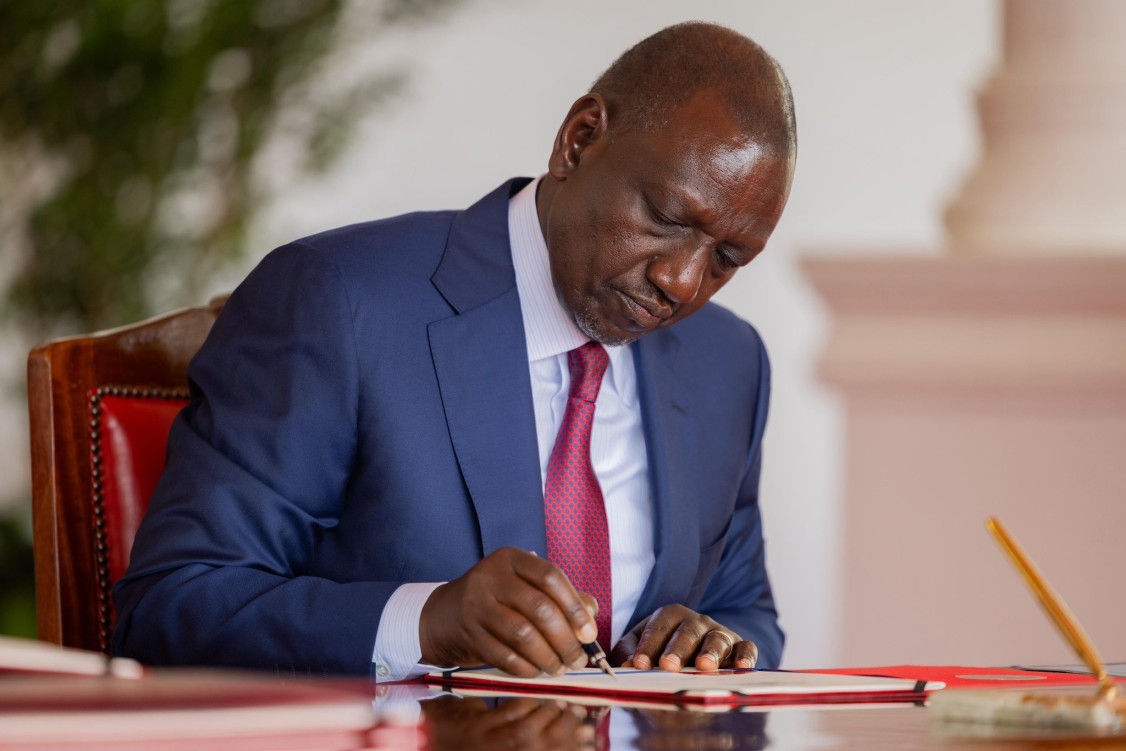The Controller of Budget, Margaret Nyakang’o, has sounded the alarm as Kenya's public debt has surged by a staggering 18.8 per cent, reaching Sh10.25 trillion as of June 30, 2023.
This concerning revelation was disclosed in the National Government Budget Implementation Review Report for the Financial Year 2022/23.
Nyakang’o identified two primary culprits behind this concerning the rise in public debt - the depreciating value of the Kenyan shilling against the US dollar and an increase in loan disbursements.
The report specifies that public debt stock now comprises Sh4.83 trillion from domestic lenders and Sh5.42 trillion from external lenders.
One of the most immediate and pressing concerns raised by the Controller of Budget is the continued depreciation of the Kenyan shilling, which she warns could necessitate even higher amounts for loan repayments.
Read More
This, in turn, threatens to erode the government’s fiscal space and hinders the implementation of critical policies and programs, thus prompting the need for budget adjustments.
To address this burgeoning crisis, Nyakang’o has called for a special audit of existing and committed loans to ensure that they are effectively linked to the projects funded through these borrowed funds.
Additionally, she highlighted the National Treasury's practice of acquiring and absorbing loans on behalf of profitable semi-autonomous government agencies, urging that these loans be reviewed to shift payment obligations to the respective agencies.
The report further revealed that in the FY 2022/23 budget, a substantial allocation of Sh1.39 trillion was earmarked for servicing the public debt, which was later revised to Sh1.36 trillion in Supplementary Budget I and Sh1.39 trillion in Supplementary Budget II.
This represented a significant increase from the Sh847.15 billion recorded in FY 2021/22.
The expenditure breakdown showcased Sh543.95 billion allocated towards principal redemption, Sh607.28 billion for interest payments, Sh1.34 billion for commitment fees, and Sh536.85 million for penalties and other charges.
A noteworthy observation made in the report is the elevation of the overdraft limit for FY 2022/23 to Sh80 billion, up from Sh75 billion in FY 2021/22.
The budgeted overdraft interest charge for FY 2022/23 was Sh5.28 billion, and the actual charge incurred was Sh5.16 billion.
During this fiscal year, the National Treasury successfully paid off Sh543.95 billion of loan principal, Sh607.28 billion in interest, Sh1.36 billion in commitment fees, and Sh536.85 million in penalties and other charges.
The report emphasizes a concerning vulnerability stemming from a significant portion of Kenya's public debt being denominated in foreign currencies.
This exposure leaves the nation susceptible to currency fluctuations and exchange rate risks, a predicament that demands urgent attention.
Controller of Budget Nyakang’o pointed out an interesting trend in the analysis of domestic debt, where investors exhibited a preference for shorter-term 91-day Treasury Bills, possibly as a means to mitigate duration risk.
Unfortunately, this preference for shorter-term maturity loans, while perceived as less risky, often incurs higher costs and exerts more significant pressure on the revenue, as a substantial proportion of the collected income is funnelled into servicing these debts.
As Kenya grapples with its mounting public debt, the report also uncovered a high volume of pending bills, adding yet another layer of complexity to the fiscal challenge at hand.
With the nation's financial stability at stake, swift and comprehensive measures are required to navigate these turbulent economic waters.









-1751972163.jpg)


